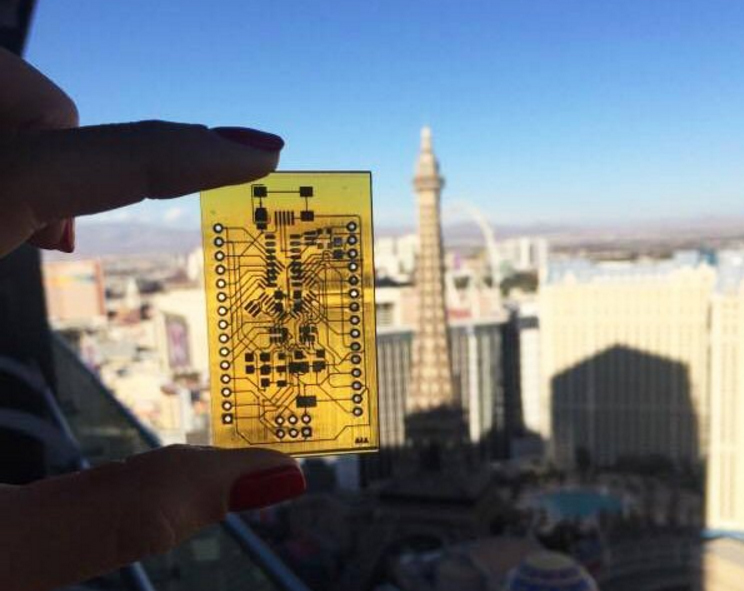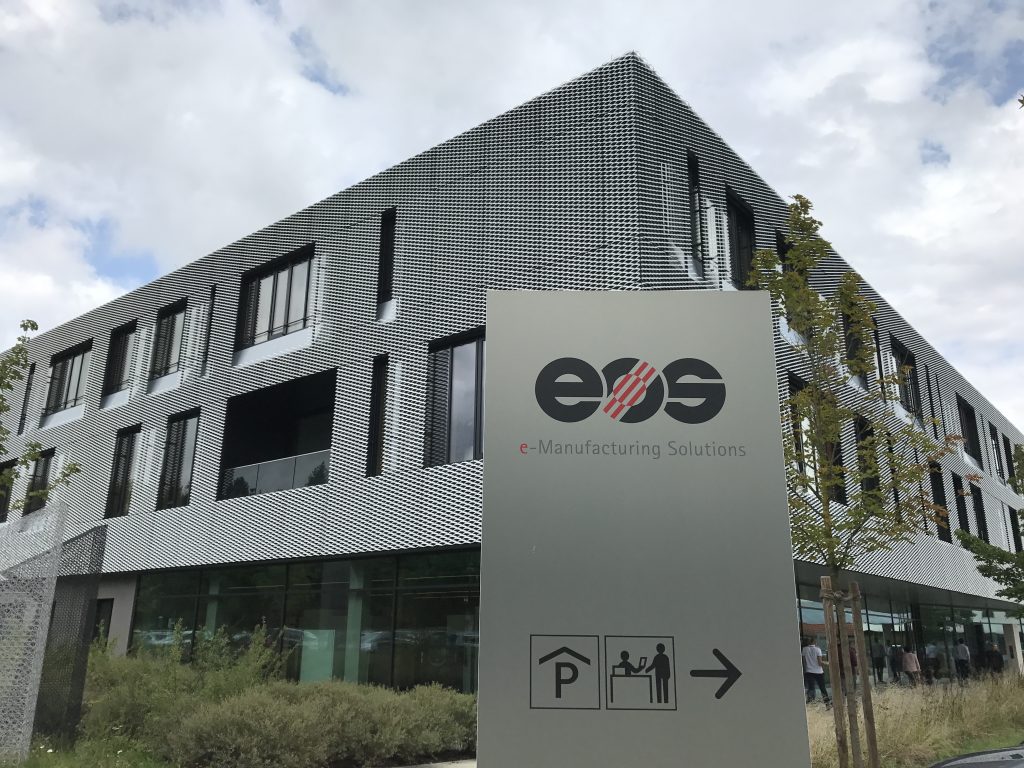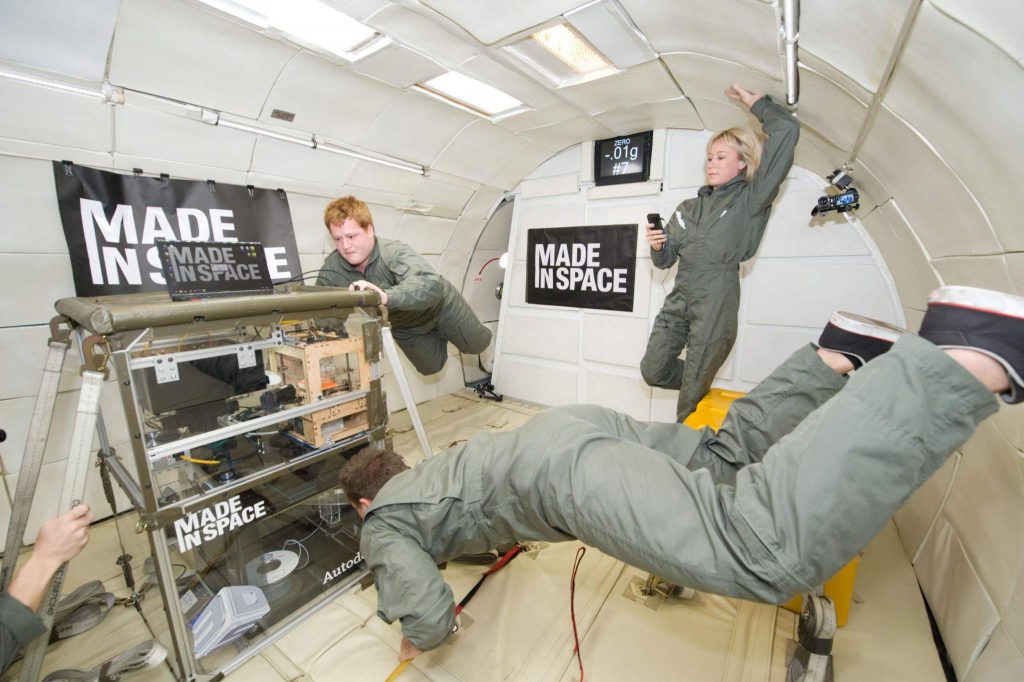In 2017, 3D Printing Industry celebrated 5 years of reporting on additive manufacturing and 3D printing news about the enterprises, research and applications that make this technology so interesting.
Our team of reporters have travelled the globe, and saw first-hand how additive manufacturing is transforming the world. Whether speaking at academic conferences, attending the largest 3D printing event in history, and even riding a speedboat to one event – we are determined to provide our readers with all news and insight about
Our perspective comes from a passion for 3D printing. The articles you read are written by journalists immersed in 3D printing, with the hum of 3D printers our soundtrack to writing.
We’ve taken a different approach to news. We like to see things for ourselves, read the academic papers, and print the first layer – rather than republish PR. It seems to be a strategy that is working.
This, of course, takes time and commitment. As editor-in-chief, I am very proud of the reporters here in our office. Many of you will have met Beau, Rushahb and our other reporters at events throughout the year.
As I hear frequently from readers – if it’s not on 3DPI, then it’s not news.
With that is mind, here is the 3D Printing Industry review of the year for January 2017.
In January we visited Maastricht for the 3D Medical Expo. Regenerative Polymers and High Resolution Biomaterial Printing were on the agenda, alongside other advanced uses of AM for medical applications.
Large format metal 3D printing advanced during 2017, with Sciaky using its additive manufacturing systems to create components for the Arctic Explorer AUV.
Tracking data and statistics for the 3D printing industry was the focus of a number of enterprises. At the start of the year MyMiniFactory began to release information on how its users were working with 3D printing.
3D Printing at CES
Also in the consumer sector, CES saw companies including Italy’s DWS bring 3D printers to a wider audience.
Founded 50 years ago, CES now features a dedicated 3D printing area. Rich Stump, FATHOM Co-Founder and Principal, took a detailed look at the electronics show and the 3D printing buzz at the 2017 event.

Markforged were at the center of this buzz. Choosing CES to announce the Metal X 3D printer.
A recurring theme during 2017 was how 3D printing, and particularly with lower cost 3D printers, was enabling scientific research. At Cranfield University we saw how microfluidics research enabled by 3D printing was progressing and in Madrid, a 3D bioprinter for skin was announced.
In the textile industry, the potential for a sustainable industry was explored.
Investment in the 3D Printing Industry
Investment and acquisitions continued throughout 2017 in a robust manner. January saw 3D Systems acquire Nextdent and the range of dental 3D printing materials. Voodoo Manufacturing raised $1.5 M, taking the company to a $10 M valuation.
Also during January a collaboration between Audi and EOS was announced. “equipment and prototype building at Audi, as well as motor sports, where the technology is already in use today.” We also reported on the use of 3D printing at Ford.

Partnerships in the 3D printing industry were a regular feature of 2017. Siemens in particular continued to explore opportunities via deals with Trumpf and Materialise during January.
We also reported how 3D printing had become an important part of plans to reinvigorate regions. We visited several of the companies in the North of the UK to learn more about how additive manufacturing is growing,
At the other end of the scale, Kickstarter continued to see an increasing number of 3D printing campaigns launched. While the majority of these were genuine, not all were so. After concerns were raised by backers, 3D Printing Industry investigated further, visiting the planned demonstration by Next Dynamics of their NexD1. The project was later suspended by Kickstarter.
3D printing takes off in 2017
Advanced uses of 3D printing included the progression of the GE9X engine, that underwent further testing in 2017. GE also gave more details about their plans for the industrialization of additive manufacturing, and as the year progressed we got to see how this was taking shape.
The secretive world of F1 started to open up about the use of 3D printing to gain an edge. And while 3D printing for the highest level of motorsport has a long history, it was encouraging for the industry as a whole to see enterprises move beyond NDAs.
In other transportation news self driving vehicles from Local Motors and a venture from Michelin harnessed additive manufacturing.
The Functional Lattices for Automotive Components (FLAC) at the University of Nottingham began work on a project to reduce weight in automotive components by 40-80%.
Reaching beyond the terrestrial arena, we spoke to Justin Kugler, business development engineer at Jacksonville Florida’s Made in Space about plans for the future of additive manufacturing in space.

Powering off-world exploration, Rocket Crafters were granted a patent for 3D printed rocket fuel. Also in January, we reported on how Boeing’s Starliner spacecraft, intended to transport up to 7 crew members to Low Earth Orbit (LEO) destinations enabled by Oxford Performance Materials.
Even more humble modes of transport were not immune from 3D printing.
Medical applications continued to amaze with landmark surgeries aided by 3D printing becoming an increasingly regular feature on our pages.

3D printed bionic hands and remarkable prosthetics were regular features on 3D Printing Industry. Other fantastic projects included fighting crime with 3D technology.
3D printing proved a useful tool to encourage visionary thinking. With even Mark Zuckerberg using 3D printing to promote VR and Oculus Medium.
And finally, at the beginning of 2017 we made our own predictions for 3D printing in 2017. Did we get it right? Subscribe to our free 3D Printing Industry newsletter, follow us on Twitter, and like us on Facebook to read the rest of our review of the year.
You can nominate the enterprises and applications leading the 3D printing industry. Tell us who should feature in the 2018 3D Printing Industry Awards now.



